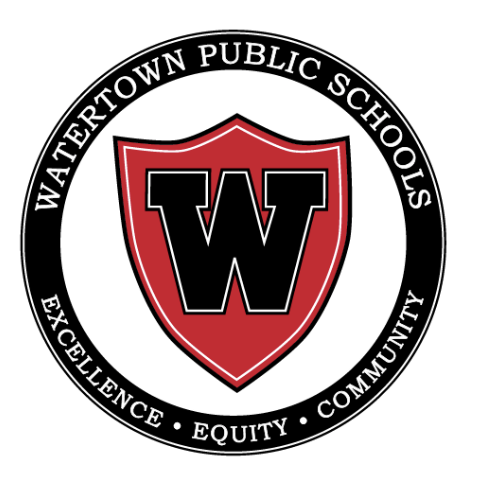
Watertown High School students will soon be able to have the Seal of Biliteracy on their diplomas and transcripts.
Students in the Watertown Public Schools speak 59 languages, Kate Phillipson, director of English as a Second Language Coordinator told the School Committee Monday night. Some learn a language in school, others speak a language other than English at home, and still more take language classes outside of school.
“The State Seal of Biliteracy is a nationally and state recognized seal that recognizes graduates that speak, listen, read, and write proficiently in more than one language,” said Adam Silverberg, the district’s World Language Coordinator.
The seal will be placed on diplomas and transcripts, Silverberg said, and students could be recognized during graduation.
School Committee member Lily Rayman-Read teaches at Cambridge Rindge & Latin, where they recently began offering the Seal of Biliteracy, plus she and her husband are raising their children to be bilingual.
“This is probably the easiest vote I have to make,” Rayman-Read said.
The School Committee did not take a vote Monday, but School Committee Chairman John Portz said they would do so at a future meeting.
In order to meet the standards, students will have to meet certain scores on tests and show they can speak and understand the second language. The tests include the MCAS standardized test taken by all Massachusetts public school students, the ACCESS test taken by English Language Learners, and the ACTFL’s (American Council on the Teaching of Foreign Languages) AAPPL test.
Even students who learned the language outside of WHS can get the seal.
“It’s not just for students who take a second language in school,” Silverberg said.
The AAPPL Test is offered in 12 languages, including the three most popular world languages at WHS: Spanish, Italian and Arabic, Silverberg said. However, the test does not cover some of the more common languages spoken at home by Watertown students, Phillipson said, including Pashtun and Armenian.
Other options will be available to test students in languages in which no test is offered.
“We can have an interpreter help, and grade the student’s speaking ability,” Phillipson said.
Taking the AAPPL test costs $20 per student, but Silverberg recommended that the school district pay the fee so that no one is denied the opportunity due to financial reasons.
“If every student took the test it would be about $1,000,” Silverberg said. “But, I don’t think every student would take it.”
To qualify for the Seal of Biliteracy, students must meet the following standards:
In English students must either score 240 or higher on the MCAS test, or get a 4.2 overall score on the ACCESS test, with 3.9 in composite literacy.
In the second language they must score at the Intermediate High level on the AAPPL test and demonstrate they can listen, speak, read and write in the second language.
They can also get the Seal with Distinction by scoring 260 or higher on the MCAS in English, and in the second language reach the Advanced Low level on the AAPPL and demonstrate they can listen, speak, read and write in the second language.
Rayman-Read said that state also allows students to show their proficiency by getting a certain score on the AP test. Silverberg said that is an option, but since the AP scored do not come out until the summer, they would not be able to get the seal on their diploma by graduation.
The district will inform the Mass. Department of Elementary and Secondary Education (DESE) each year about the students who get the Seal of Biliteracy. Also, the district must decide how to put the seal onto diplomas and transcripts.
Once it is started, Silverberg said, the district will have to spread the word.
“We will promote the Seal at all language levels as something to strive for,” Silverberg said.